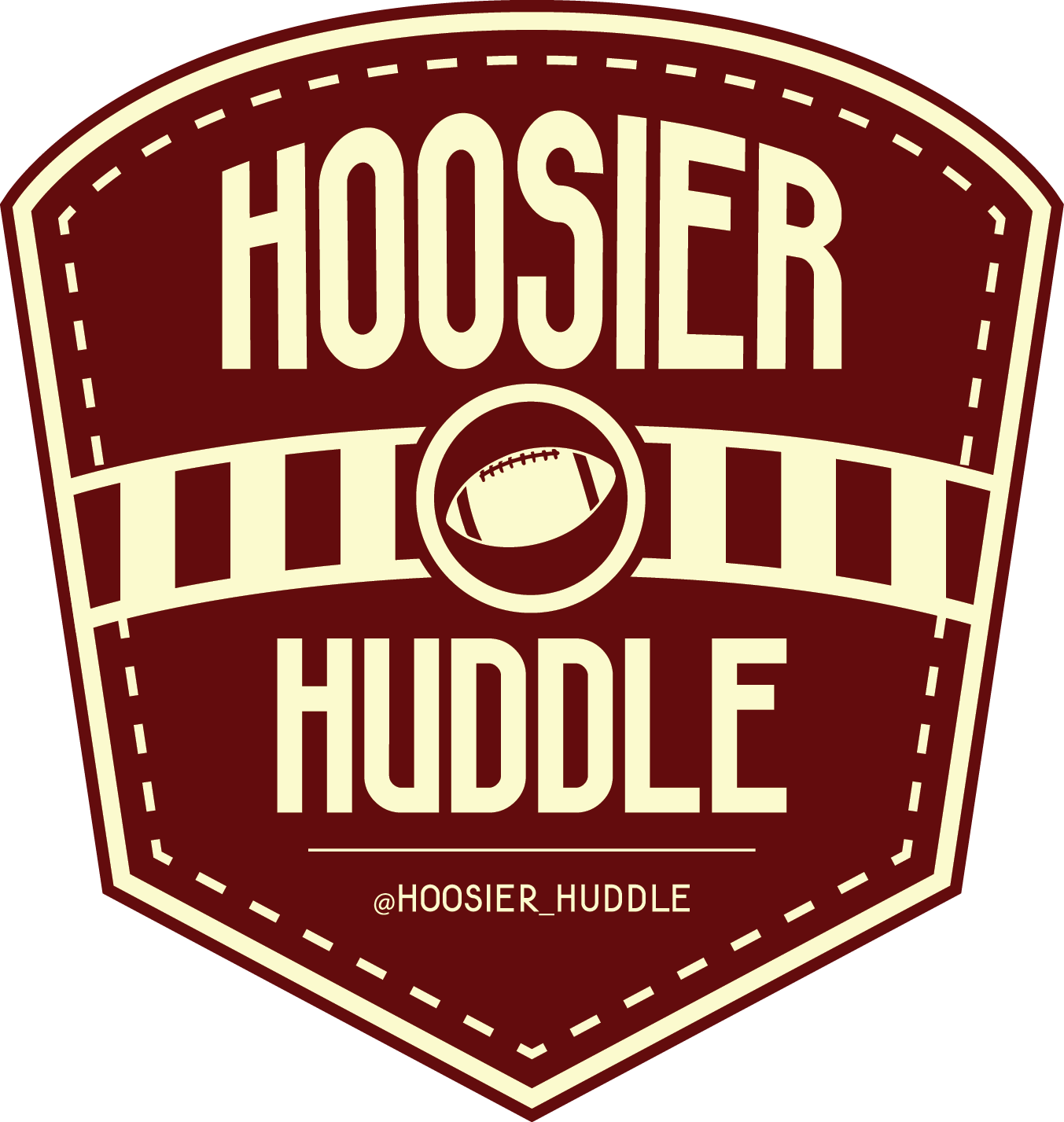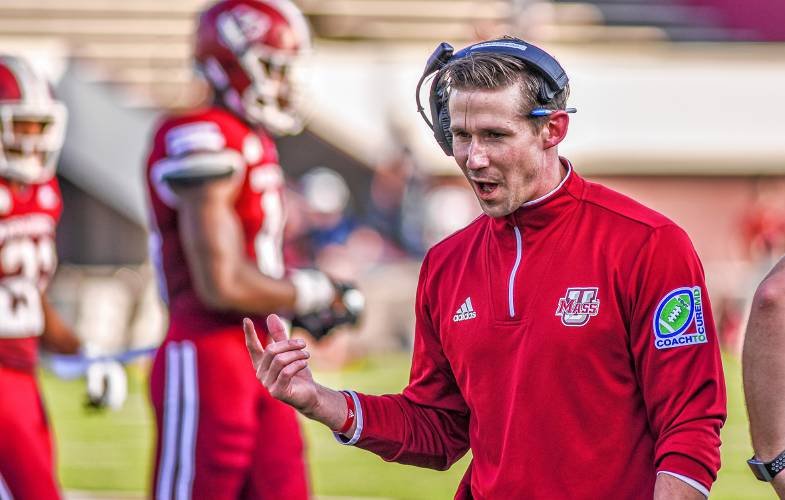Ringing the Bell: What to Make of the Hoosiers New Offensive Coordinator
/Written By: TJ Inman (@TJHoosierHuddle)
After a disastrous 2-10 campaign, offensive coordinator Nick Sheridan was relieved of his duties and Tom Allen began his search for a new boss of the offense. While we don’t know how many candidates were interviewed, it has been announced that former UMass head coach Walt Bell has been hired as the new offensive coordinator for Indiana University.
In two seasons with the Minutemen, Bell went just 2-23 but it’s difficult to tell how much he should be judged for that performance. UMass is an incredibly difficult job and, in an effort, to keep the program afloat, they play a very difficult schedule filled with “buy games” to fund the rest of the athletic department. More can be learned from his experience prior to being a head coach. He was the offensive coordinator for Arkansas State, Maryland and Florida State and has worked for Mike Gundy, Blake Anderson and Larry Fedora. The basic numbers are interesting. In 2014, Arkansas State (under Blake Anderson) averaged 476 yards per game with 216 yards per game rushing. In 2015, the Red Wolves were 12th in the country with 40 points per game and another strong rushing attack. He then took the Maryland job and worked for DJ Durkin. The Terrapins were incredible on the ground in 2016, rushing for more than 2,500 yards with 26 touchdowns. He moved on to Florida State with head coach Willie Taggart and in his lone year in Tallahassee, the Seminoles were second in the ACC in passing yards. This article is not to debate the merits of Walt Bell as a hire, there will be plenty of that in the coming days on this site and elsewhere. Rather, what exactly might we expect from his offense at Indiana? What might the Hoosiers look like in 2022 on that side of the ball?
It is impossible to simplify an offensive scheme down to one phrase. There are so many variables and different formations that can make up an offensive game plan that just calling an offense one phrase is often inadequate. That being said, at it’s simplest, Walt Bell has relied on an up-tempo “power spread” in his previous stops. Bell likes for his offense to move with tempo and he prefers to operate from the shotgun the majority of the time with an emphasis on running the ball. Study of his Arkansas State, Maryland and Florida State offenses reveal a few different base personnel packages. 11 personnel (1 RB, 1 TE) and 20 (2 RB, 0 TE) personnel appear to be the two most often used but there are also some packages with 21 (2 RB, 1 TE) personnel sprinkled in.
When the tight end is present, they are often lined up in the wing or even split wide and used as an extra blocker, at least at the outset of the play. Bell often uses motion in the backfield in an attempt to confuse or distract the defense. Pistol and shotgun are really the only formations that show up in Bell’s offense and the Pistol set is rarely seen without a tight end on the line of scrimmage or the wing. Motion, tempo and misdirection are used heavily to try and keep the defense off-balance.
The running game uses inside and outside zone runs, which is not at all unique to his scheme. This is by far the most common run blocking used in the college game and it can excel even with smaller linemen. He also relies on lots of power or trap plays that ask the guards to pull and become lead blockers in space. While linemen in this scheme don’t need to be mammoth, they do need to be agile and athletic in order to succeed. Walt Bell’s most successful offenses incorporated a good amount of quarterback run. That is typically accomplished through “RPOs” or run pass options. Plays like the inverted veer which put the defense into a dilemma on the edge with a speedy running back and a quick quarterback along with a pulling guard are used. I mentioned a pass option because if that play is successful enough and the defense starts keying in, the play action passing game opens up. Screen passes are also used much more frequently than IU fans saw under Nick Sheridan. Tunnel screen, flanker screens and swing screens along with tight end and running back slip screens are all sprinkled in and designed to look exactly like the running plays.
Of course, Walt Bell has not directed an offense in a couple of years and he could have learned a lot during his time as a head coach at UMass. Tom Allen might also have some ideas of his own that he wants incorporated into the scheme. That being said, what we know based on his past is actually pretty fun to watch. Donaven McCulley could actually be a great fit for this system and if he can develop some as a passer and decision-maker, he could be a higher-ceiling Tyrell Pigrome-type from Maryland’s strong offense. Think back to that season and the Terrapins put up some great numbers before injuries hamstrung their attack. Running backs like Gi’Bran Payne and David Holloman should like the scheme. A dynamic quick back like IU target Shaun Shivers would be a perfect fit for this attack and I actually think an electric receiver like D.J. Matthews could benefit greatly from the multiple screen packages and reversals Bell has run in the past. The biggest keys for whether this will be successful in 2022 or not will be the development of the offensive line (with new or returning personnel) and how committed IU’s skill players (TE, WR and RB) are to learning the blocking responsibilities of this attack. Hoosier Huddle will have much more on Walt Bell and the implementation of his offense with the IU roster in the coming days.



